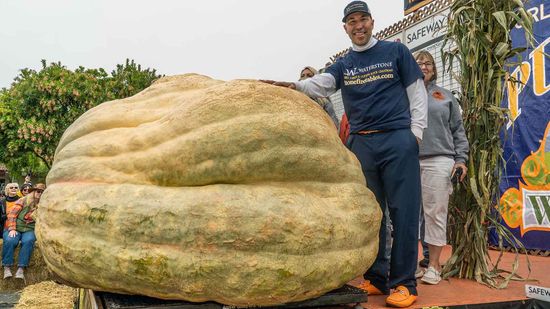Gardening
Gardening is a useful and relaxing pastime. Read gardening tips and learn how to plan and care for a variety of gardens.
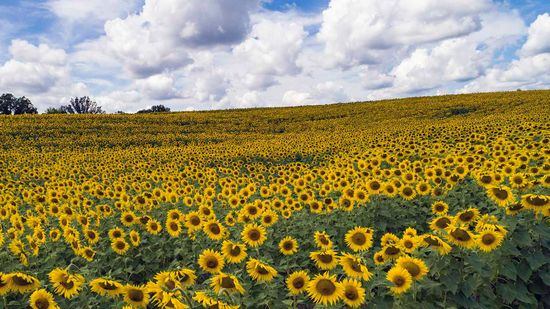
12 Sunflowers Facts for Beginner Gardeners
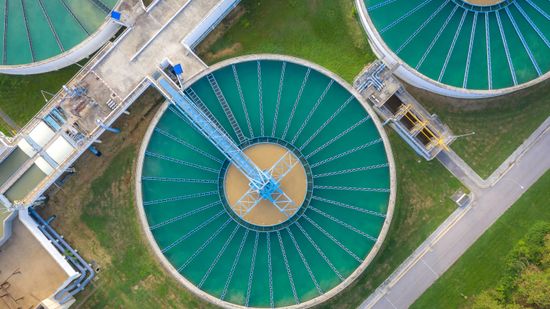
How can you recycle water for your outdoor garden?

5 Ways to Garden in Winter
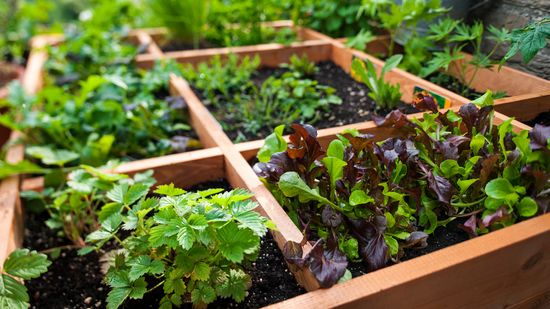
Square Foot Gardening: The Planting Method Created By an Engineer
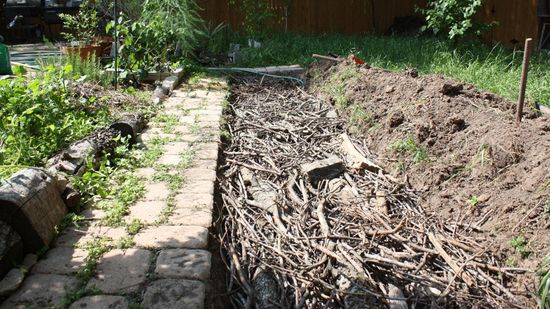
Hugelkultur Bed: Creating the Perfect Soil for Your Garden
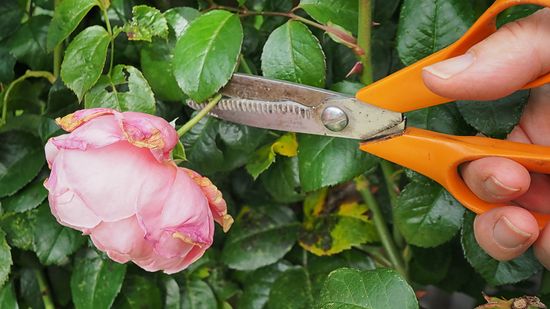
How Deadheading Helps Flowering Plants Flourish
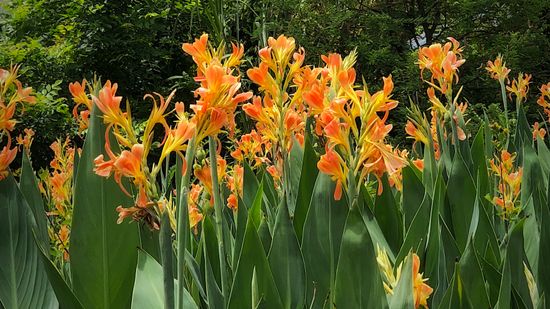
How to Store Canna Bulbs
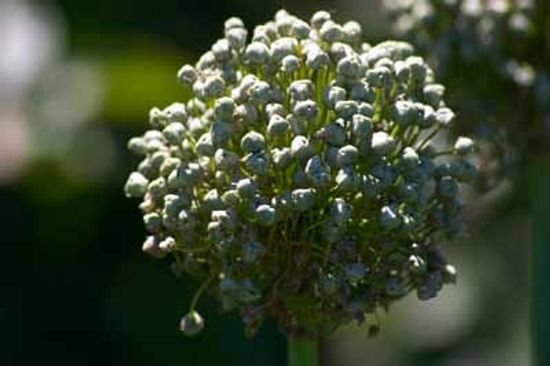
Flowering Onion
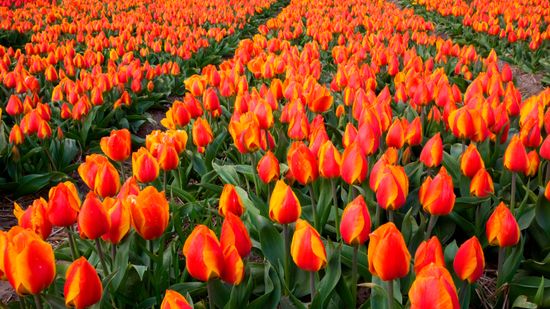
Tulip

11 Easiest Vegetables to Grow Throughout the Year
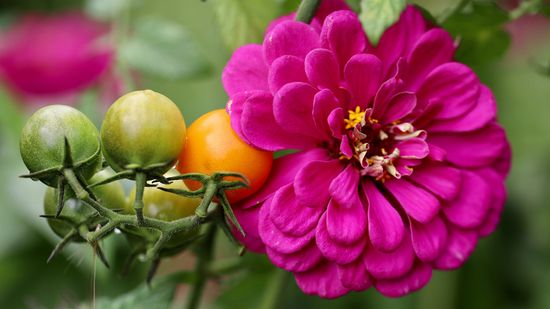
Companion Planting: The Do's and Don'ts of Growing Plants Together
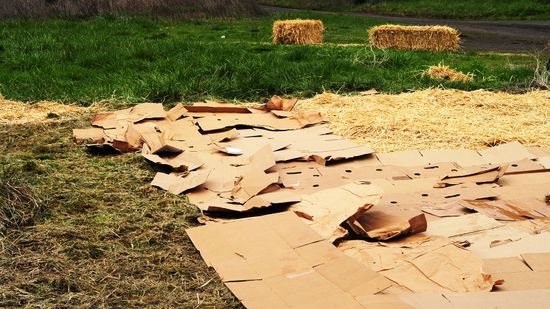
How 'Lasagna Gardening' Helps Create Healthy Soil
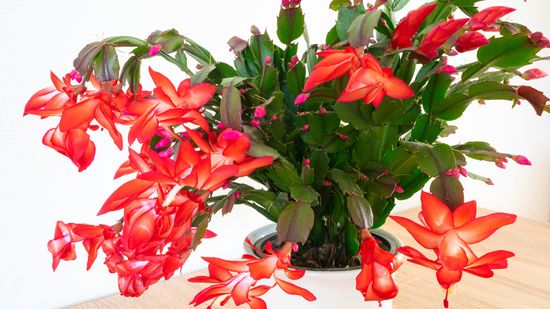
Christmas Cactus vs. Thanksgiving Cactus: What the Schlumbergera?
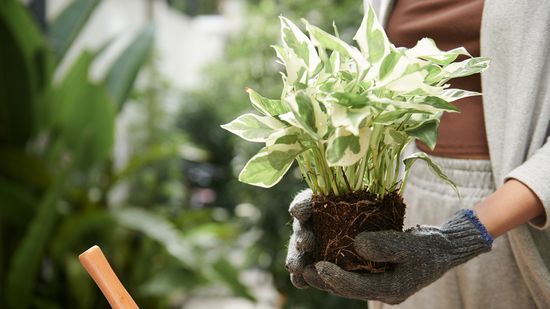
Pothos vs. Philodendron: Comparing Low-maintenance Plants
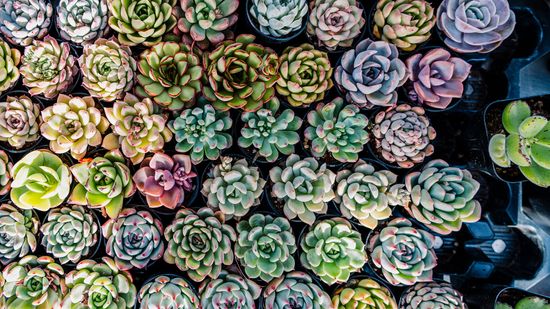
12 Types of Succulents for a Low-maintenance Garden
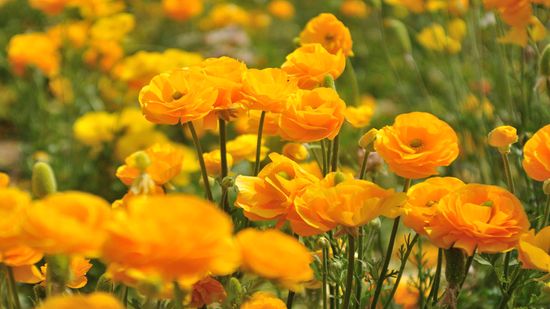
Ranunculus Is a Toxic Beauty With a Doozy of a Name
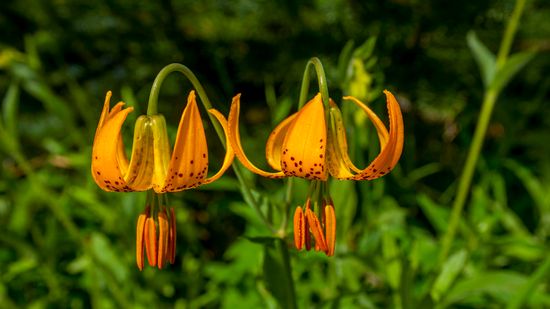
Tiger Lilies Are Easy-to-grow Garden Showstoppers
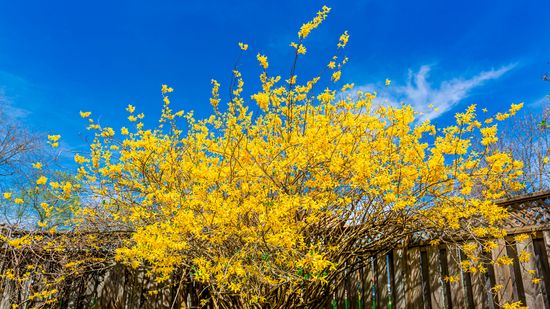
Caring for Forsythia, the Flaming Yellow Sign of Spring
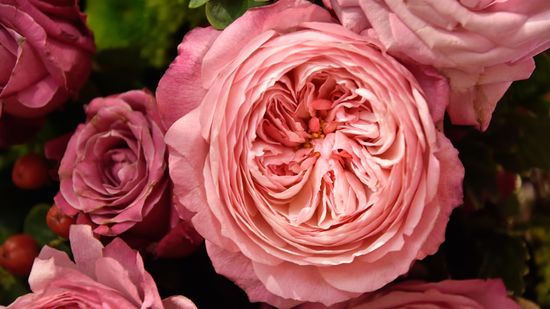
Most Expensive Flower (and 5 More Blooms That'll Break the Bank)

5 Easy Medicinal Herbs You Should Know and Grow
